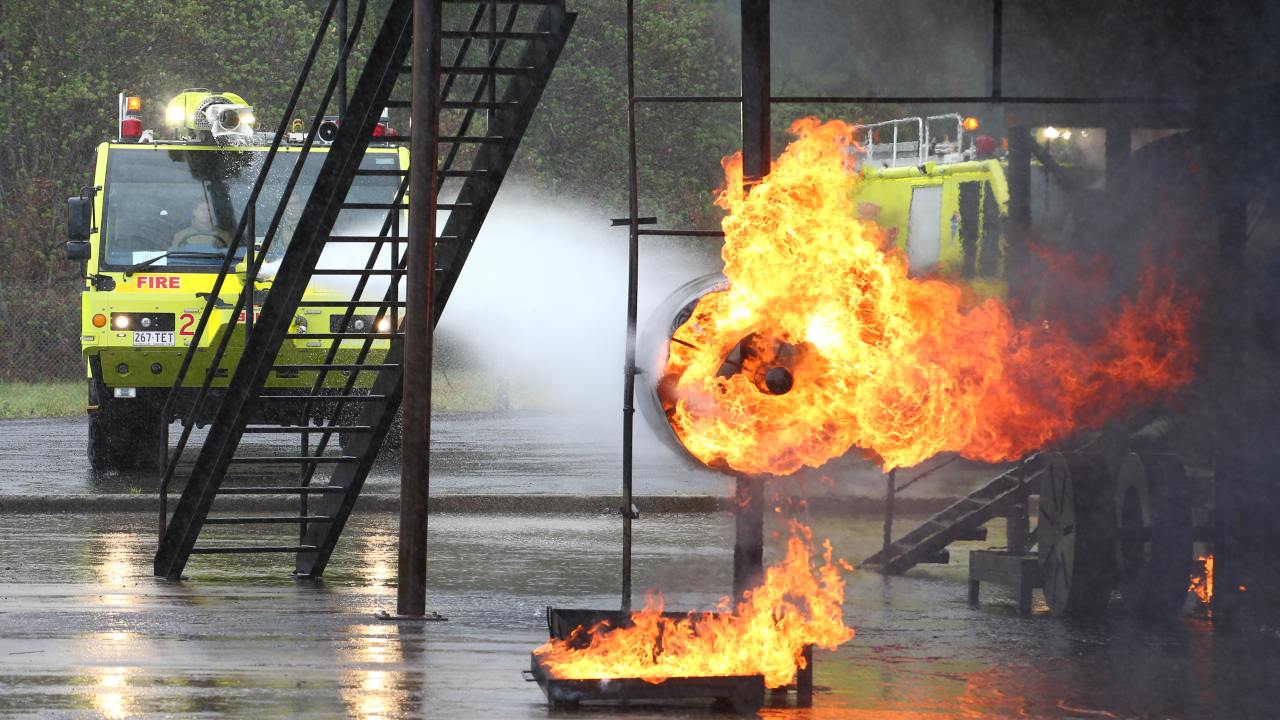Aircraft Rescue And Firefighting - Infinity Business Insights is a market research company that offers market and business research intelligence all around the world. We are specialized in offering the services in various industry verticals to recognize their highest-value chance, address their most analytical challenges, and alter their work.
The butt of many an aviation joke (‘Smurf Jet’, ‘Fisher Price Starlifter’) around crewrooms and pilot bars the world over, the hard-working BAe 146/RJ is set to have the last laugh in its twilight years with a critical aerial firefighting mission – one that will only increase in importance if the current wildfires are anything to go by. A fitting finale for the Baby Jumbo from Hatfield.
Aircraft Rescue And Firefighting
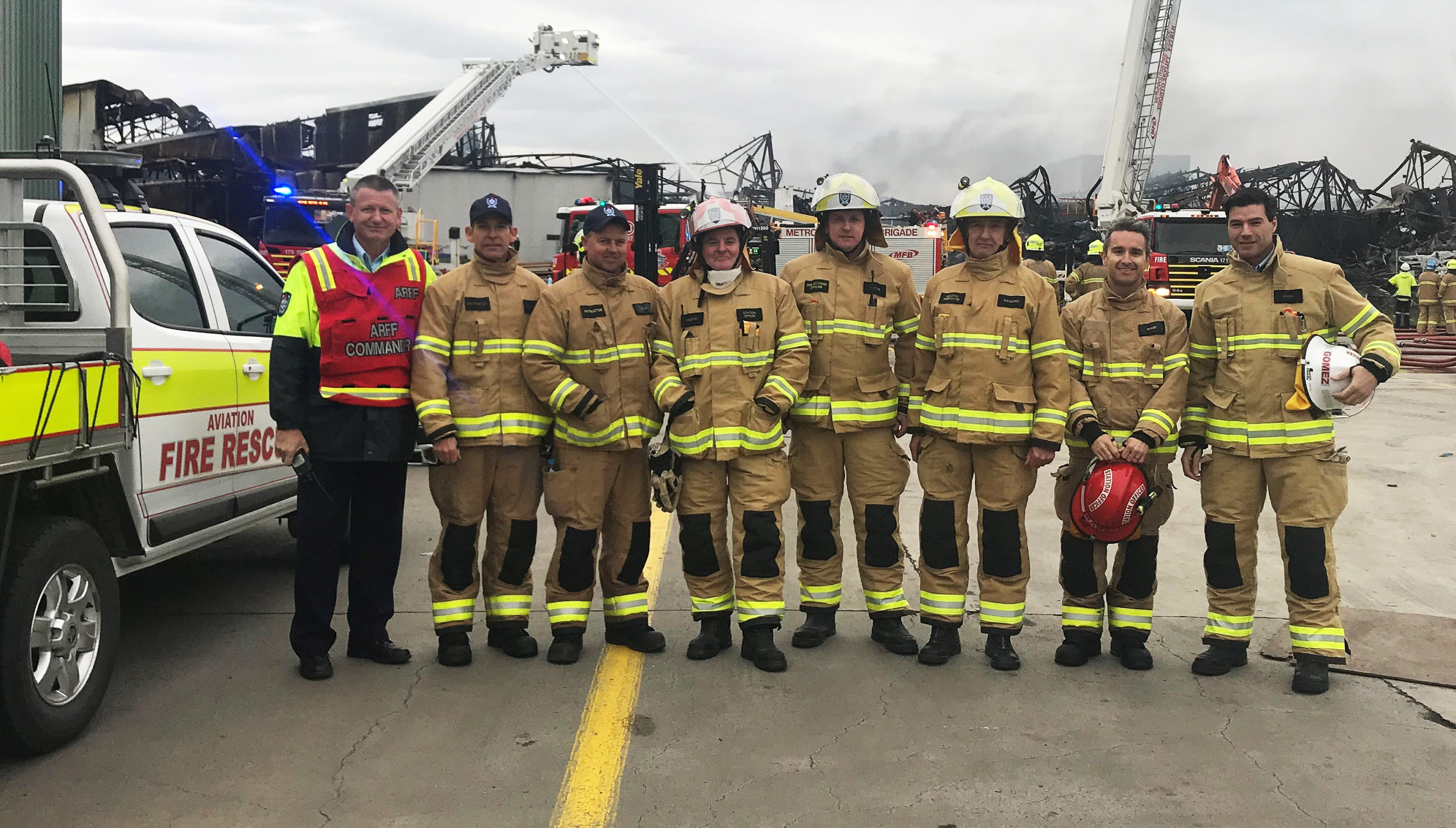
The world is burning. Infernos rage across the globe, and Australia is still in the grip of fires of biblical proportions. Facing these firestorms is a motley force of aircraft, crewed by heroic and exceptionally skilled pilots. Converted World War II fighter-bombers, helicopters, custom-made flying boats and even massive airliners have been sent into on the ‘War on Fire’. Flying directly into these smouldering hell-scapes to extinguish the flames requires supreme flying skills and nerves of steel. Here are ten of the best aerial firefighting aircraft.
Donate Generously Here To Australian Red Cross To Help The Fire Cause In Australia
Using classroom, tabletop scenarios, and tactics and strategy training, ARFF courses are designed for those who provide fire services protection as military and Department of Defense firefighters, municipal firefighters and volunteer firefighters. ARFF classes range from the 40-hour airport firefighter course to mass casualty incident training. Particular training needs can be met through custom designed classes from individual specifications.
The worldwide Aircraft Rescue and Firefighting Truck market is expected to grow at a booming CAGR of 2023-2030, rising from USD billion in 2023 to USD billion in 2030. It also shows the importance of the Aircraft Rescue and Firefighting Truck market main players in the sector, including their business overviews, financial summaries, and SWOT assessments.
1 Aircraft Rescue and Firefighting Truck Market Overview2 Company Profiles3 Aircraft Rescue and Firefighting Truck Market Competition, by Players4 Aircraft Rescue and Firefighting Truck Market Size Segment by Type5 Aircraft Rescue and Firefighting Truck Market Size Segment by Application6 North America by Country, by Type, and by Application7 Europe by Country, by Type, and by Application8 Asia-Pacific by Region, by Type, and by Application9 South America by Country, by Type, and by Application10 Middle East & Africa by Country, by Type, and by Application11 Research Findings and Conclusion12 Appendix…
The aircraft, flown by a joint Russian-Italian flight crew, performed more than 100 flights – the aircraft dropped 324 tons of water while attacking four forest fires. In 2005, the partnership was renewed, this time the Russian aircraft delivered a total mass of over 3,175 tonnes (3,500 tons). Since then the aircraft has fought fires around the world, in Azerbaijan (the only export operator), Israel, Portugal, Greece, Serbia and Russia.
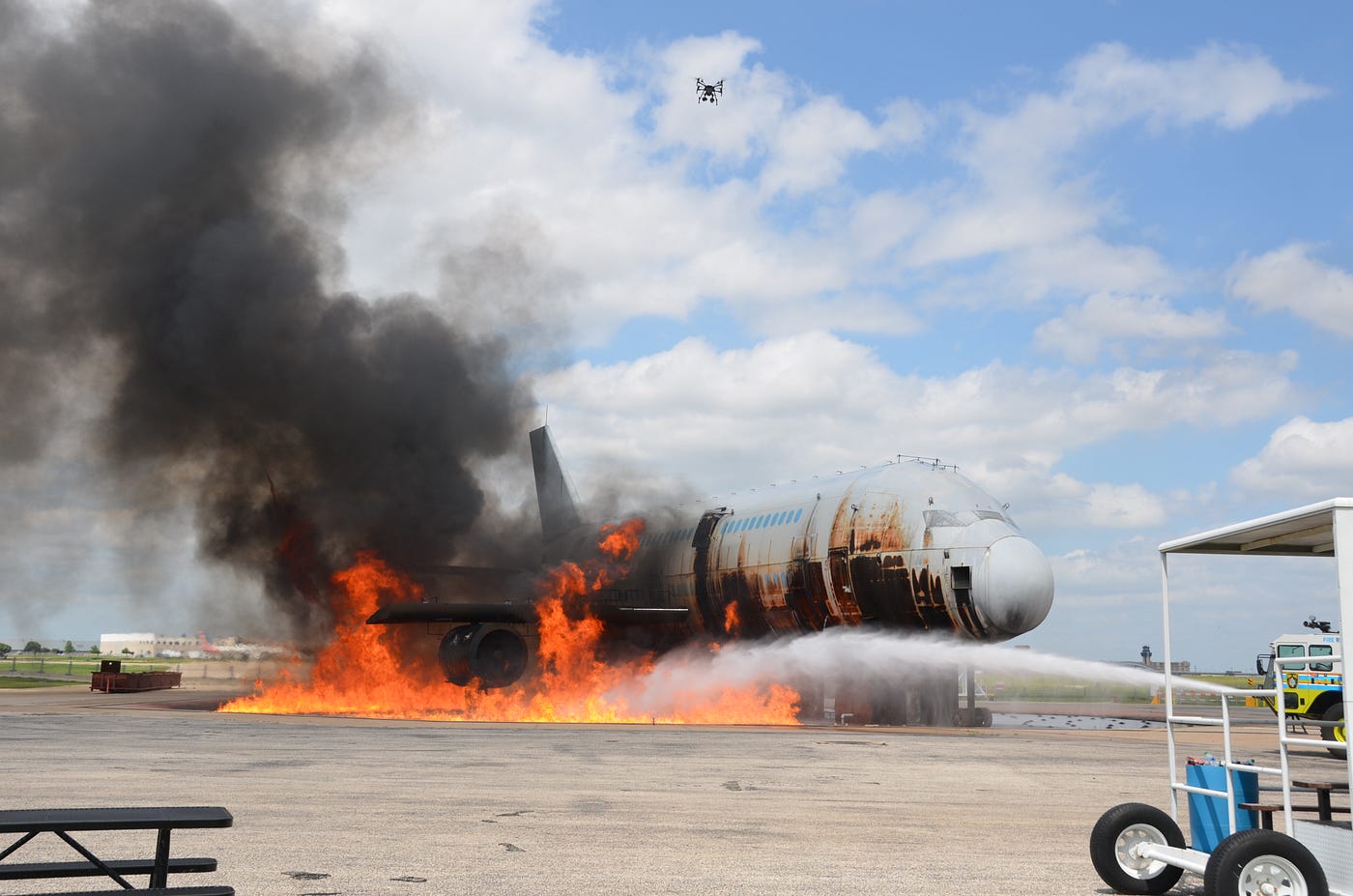
Take an airliner with a maximum weight of half a million pounds and turn it into a hotrod flying fire engine (or ‘firetruck’ to our American friends). One drop from the DC-10 is equivalent to 12 from a Grumman S-2 Tracker. Dropping 12,000 US gallons of anything onto a fire is going to have a big effect. A beast.
The best aerial firefighter is the only one that was built for the job – the heroic ’15 series. It was the first and only aircraft created to do the job and Canadair certainly delivered. The ’15s are tough, reliable amphibious flying-boats that can go anywhere and kill fires with aplomb. It started life with the two of the mighty R-2800 radials – the engine of the wartime Thunderbolt and Corsair – giving it well over 4,000 horsepower. Today, turboprops give it close to 5,000 horsepower, and a wealth of modern avionics adept at both detecting and suppressing forest fires.
The unique needs of the global airport industry require emergency and disaster responders to have specialized training for effective response. For more than 35 years, the Emergency Services Training Institute has been training firefighters in Aircraft Rescue and Firefighting to respond to accidents, disasters, and other emergencies. The ARFF program provides hands-on training at the Brayton Fire Training Field with full-size aircraft models and a 5,000-square-foot spill area.
As Hush-Kit’s Ted Ward noted: “Whilst looking for fire-bomber stuff I have come to the conclusion that the US’s approach to fire control was insane. Essentially they just left the madly dangerous world of aerial firefighting to a bunch of cowboys who flew any old thing and gave the contract to the lowest bidder with inevitably fatal results.”
“Have you checked out the death rate of firefighting pilots in the US? Anyway it all went tits up when that Hercules crashed in 2002, followed within two months by a Privateer operated by the same outfit. Incidentally, the Privateer’s wings apparently failed downwards due to metal fatigue causing the main spar to fail when the water was dropped. This led to possibly the only folk song I’m aware of about a civil plane crash:
With just ninety gallons in those open-topped cable-actuated tanks, the Beaver proved the principle of rapid, concentrated air attack on fires before they get out of hand. The Beaver might do little against fires at the scale we’ve seen them this century in California, Siberia and now Australia. Yet, it’s also hard to imagine having aerial firefighting at all without them.
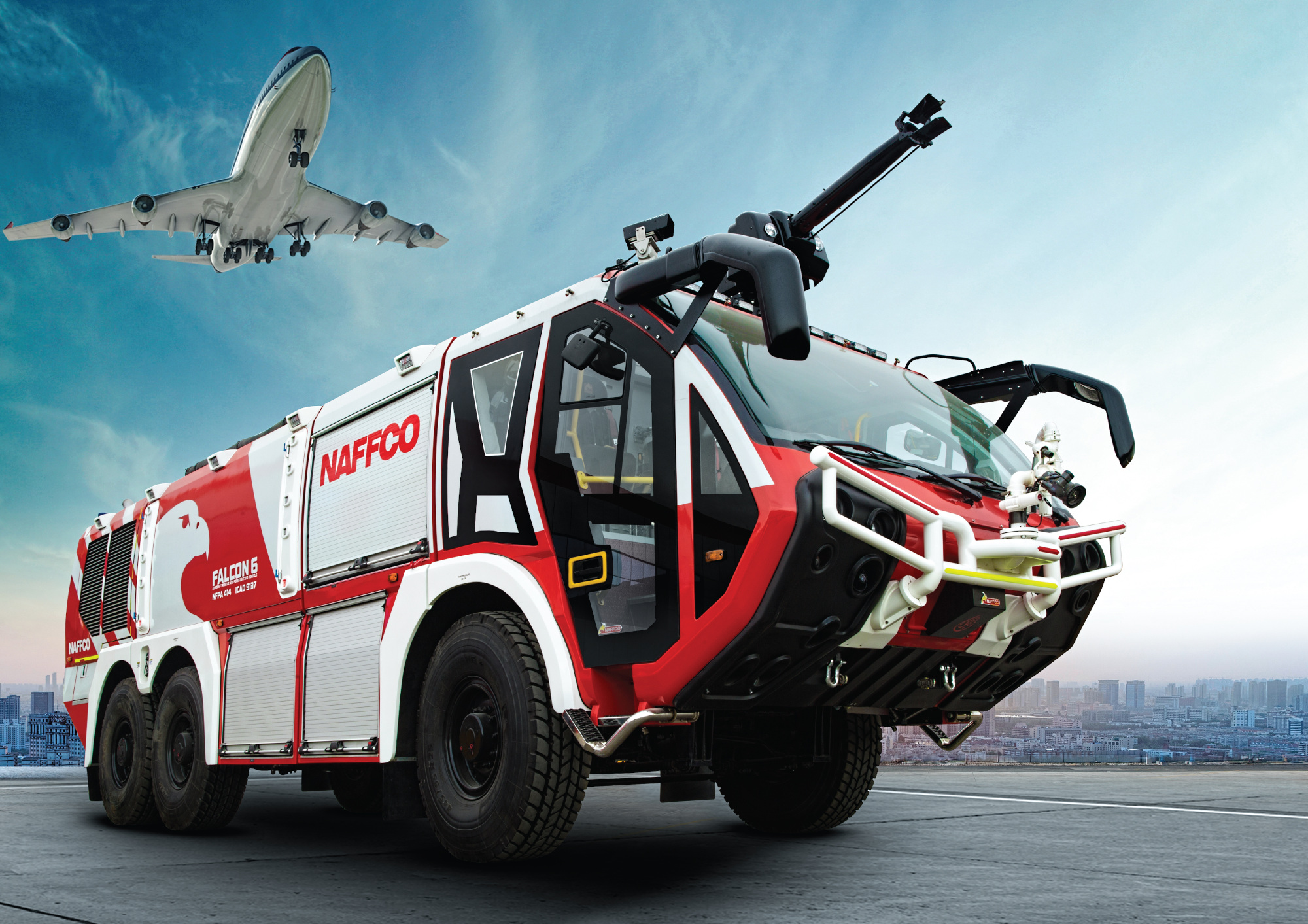
Operating out over Canada’s profitable forests without much public attention, they were also a staple of Toronto’s waterfront Labour Day air show right through to the late 1970s. In front of Canada’s largest city, they did low-altitude water drops onto demonstration fires to the pure 1940s sound of their Pratt & Whitney Wasps. Bright yellow, to contrast the deep green and blue of Ontario in summer and her winter white, that province’s Ministry of Natural Resources Beavers were the visual opposite of the expensive and lethal jets whose afterburners blast them to high altitude invisibility in seconds. The Canadian embrace of nature as a thing to cherish and protect whilst brutally exploiting it led to the DHC-2. The rugged glamour of bush flying was bound to blend almost immediately with water bombing.
Secure .gov websites use HTTPS A lock ( LockA locked padlock ) or https:// means you’ve safely connected to the .gov website. Share sensitive information only on official, secure websites.
Speed is unimportant, so the engines and gearbox are essentially uncowled, saving weight and cost and providing maximum ease of access for maintenance and inspection – tasks that may well be carried out under very basic conditions. Less obviously, the gearbox and rotor shaft are tilted three degrees to the left, cancelling the side thrust of the tail rotor, so that the aircraft hovers with the cockpit level when picking up cargo (or water, in the case of firefighting operations).
Variously compared to a giant grasshopper, a stick insect or a dragonfly, the Aircrane is in increasing demand around the world as a serious ‘go-to’ solution for fighting forest fires – particularly when these are threatening built-up areas. From California to the Mediterranean and down to Australia, the Aircrane is in year-round demand worldwide. The somewhat extreme appearance of the Aircrane is a classic case of form following function. The aircraft has to lift the maximum load possible from the hover, requiring an efficient rotor (of large diameter and significant blade twist) and a lightweight and robust structure. In this case, the structure is essentially reduced to a series of box beams.
According to the Spanish association for the promotion of sociocultural activities (a group as averse to hyperbole as their drab name suggests), “This is the most efficient tool for the aerial combat of forest fires, key to the organisation of firefighting in a large number of countries. The continuous improvements to meet the needs of forest firefighting have made these aircraft the aerial means most in demand over more than 30 years.”
Comprehensive pricing analysis on the basis of product, application, and regional segmentsThe detailed assessment of the key vendors landscape and leading companies to help understand the level of competition in the global Aircraft Rescue and Firefighting Truck marketDeep insights about regulatory and investment scenarios of the global Aircraft Rescue and Firefighting Truck marketAnalysis of market effect factors and their impact on the forecast and outlook of the global Aircraft Rescue and Firefighting Truck marketGrowth opportunities roadmap available in the global Aircraft Rescue and Firefighting Truck market with the identification of key factorsAircraft Rescue and Firefighting Truck market analysis of various trends to help identify market developments

Aircraft Emergency safety concerns Search and Rescue procedures Hazards associated with cargo shipped via aircraft Aircraft evacuation methods A basic understanding of the components and systems found on aircrafts Roles and responsibilities expected of the firefighter by the NTSB The effects of extinguishing agents and their use during an aircraft fire An unserstanding of the tactical operations employed for rescue and suppression efforts during an aircraft emergency Show less
Erickson says that almost a third of the Aircrane fleet is occupied year-round on long-term firefighting contracts, cycling between the northern and southern hemisphere fire seasons in Greece, Italy, Turkey and Australia. Erickson operate a fleet of 20 Aircranes. The Erickson S-64F is fitted with a 2,650-gallon water tank. Its ram scoop hydrofoil attachment refills from freshwater or saltwater sources in as little as 30 seconds and the original ‘hover snorkel’ (my nickname in school) design refills within 45 seconds from freshwater sources as shallow as 18 inches.
Before the Grumman Avengers, bucket-slinging helicopters and retired Cold War types and before the brush-drenching rockstar the Canadair CL-215, the Beaver was fighting fires. If low, slow and noisy flying is the most enjoyable kind – just ask Harrison Ford – the Beaver is without equal in several niches and firefighting came naturally to the type. Unlike the hulking Boeing 747s now slathering this overheated world with water and chemicals in amounts as much as eighteen thousand gallons at a time, the stupefyingly utilitarian little Beaver (coincidently my nickname in school) seems to have been simply born in the right place at the right time for aerial firefighting.
Jet seaplanes are among the most exotic types of aircraft, with only a handful of designs ever having entered actual service. In fact, I’m pretty sure I can name them all from memory: the Beriev Be-10 and Beriev Be-200 – wait, I think that’s it… only two? That’s even rarer than I first thought. Despite a first flight in 1998, so far only 15 of these sexy amphibians have been built. The first operational use of the Be-200 was in 2004, when a Be-200ES was operated from Sardinia by SOREM, the official operator of firefighting equipment of Italian Civil Defence Department.
The endearing de Havilland Canada DHC-2 Beaver is the imperishable aviation product of Canada’s busy twentieth century. Equipped with two external rotary drums, the Beaver Mk III was a pioneer of aerial firefighting too. Later models would capture water in their floats and in Ontario they had ‘bomb racks’ for dropping supplies to firefighters on the ground.
“Why? Because it’s badass, fitted with PCADS or Bambi, this VTOL type has the ability fly like a helicopter or a plane. It can hover and drop or airdrop like an air tanker. The V-22 can provide a rapid direct attack asset that can pre-position firefighters to remote or hard-to-access areas, deliver, set up filling stations and operate out of a Fire FOB (Forward Operating Base) until reinforcements can join up. Having highly trained crews flying fire missions is the name of the game. Rapid Insertion and Direct Attack, take the fight to the fire…” Not in service yet, but still impressive idea.
The comprehensive Aircraft Rescue and Firefighting Truck market report covers various important market-related aspects, including market size estimations, best practices for companies and markets, entry-level strategies, market dynamics, positioning, segmentations, competitive landscaping and benchmarking, opportunity analysis, economic forecasting, industry-specific technology solutions, roadmap analysis, and in-depth benchmarking of vendor offerings. The report’s excellent practice models and research methods uncover the best opportunities for success in the market, saving valuable time and adding credibility to the work.
So far now there are 14 146/RJs in service in the US with Canadian-headquartered Conair and Neptune Aviation – with more aircraft reportedly being converted by another operator Air Spray. As well as firefighting missions in the US, 146 water-bombers have flown firefighting missions in Chile and most recently Australia – where Conair water-bombers have joined over 60 fixed-wing and 45 rotary-wing aerial firefighting aircraft in an effort to stem the extreme wildfires.
The C-130 is the Dame Judi Dench of aviation: much-loved and able to excel in every role it’s given. That the C-130 Hercules’ origins as a tactical transport able to operate in austere conditions give it the benign low-altitude slow-speed performance required for ‘low down and dirty’ firefighting.
The Hatfield BAE 146 was actually designed and could have been produced since 1970. Stupid British Airline and govt stopped it. 4 bog standard cheap engines were better than 2 expensive untried engines. Imagine how many would have been built if started 10+ years earlier when Hatfield wanted.
Conclusion:The Aircraft Rescue and Firefighting Truck Market research report’s estimations and estimates examine the impact of different political, social, and economic factors, as well as current market conditions, on market growth. All of this important information will assist the reader in better understanding the market.
Stephen Caulfield cleans limousines around the corner from what was once the Avro Canada plant. He appreciates writing, art, aeroplanes and the tragic nature of modernity in pretty much equal parts these days. His blog is www.suburban-poverty.com
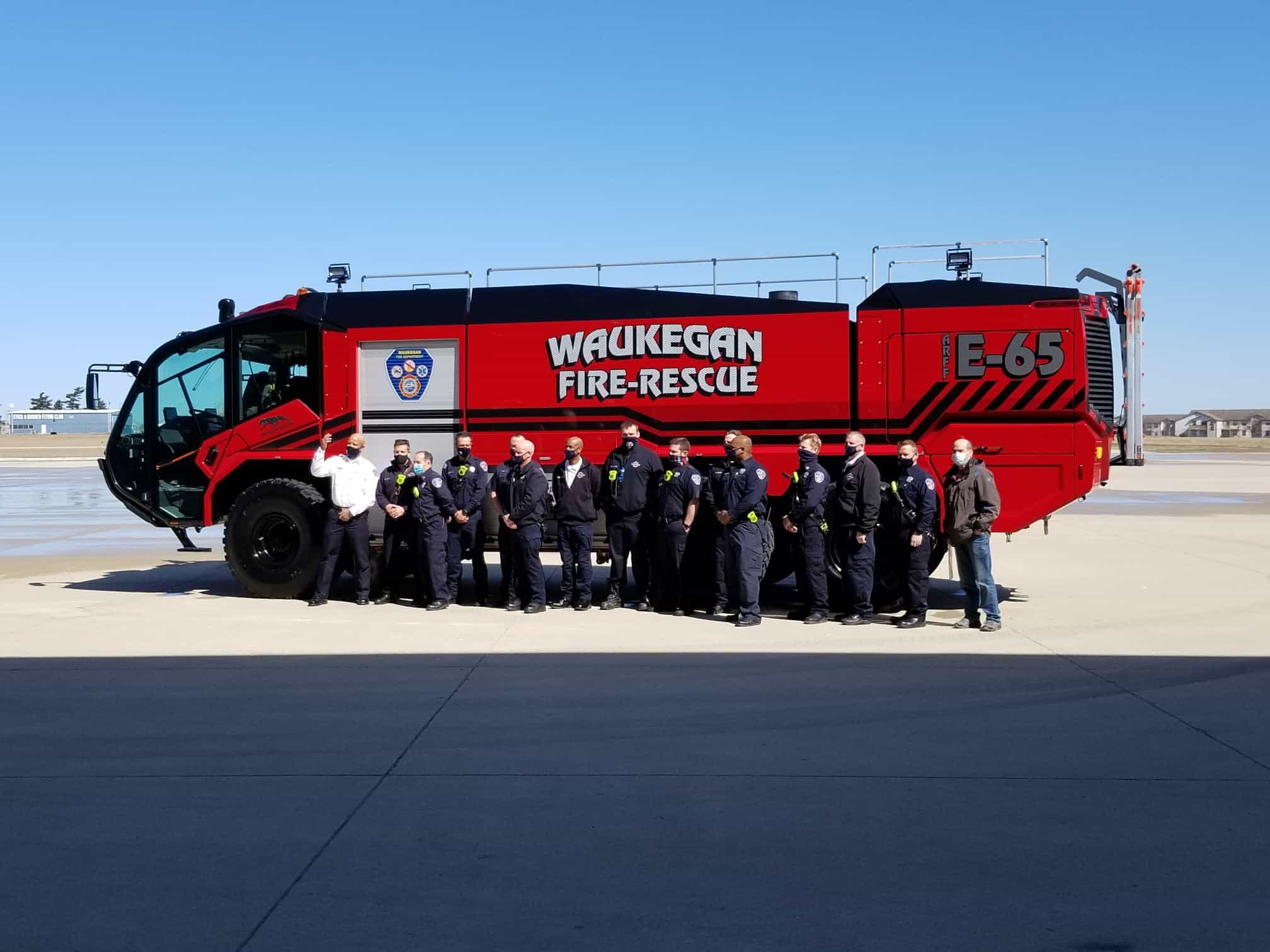
“Massive maintenance oversights meant fixed-wing firefighting was stopped for a while until proper standards were put in place and that’s when most of the WWII stuff got sidelined, which is sort-of-good because otherwise those wankers would have crashed them all, but sort of bad because it was kind of exciting. Nonetheless 38(!) aircrew were killed between 2003 and 2012 (which is after standards were tightened), or 5% of active crews. Anyway, the upside of that is historically they converted anything they could get their hands on and there were some pretty ‘unconventional’ choices. I maintain that the sexiest of all the air tankers was the Tigercat. Pretty dangerous though – three crashed in 1973 alone, for example.”
One of Erickson’s important customers is the Korean Forest Service, which is acquiring a fleet of eight Erickson-built S-64Es. As part of Erickson’s continuing development of the type, the latest build standard includes firefighting tanks, sea snorkel, foam cannon, glass cockpit, composite main rotor blades and full night-vision compatibility.
Feb 22, 2023 (Concur Wire via Comtex) -- United States – The large-scale market research conducted for this Aircraft Rescue and Firefighting Truck market report assists clients in predicting investments in emerging markets, expanding market share, or launching new products successfully. The report simplifies multifarious market insights using well-established tools and techniques, and presents data using graphs and charts for better understanding. State-of-the-art technology and integrated approaches were employed to ensure the best results for this Aircraft Rescue and Firefighting Truck market report. The Aircraft Rescue and Firefighting Truck Market report identifies and analyzes emerging trends, major drivers, restraints, challenges, and opportunities in this industry.
Designed as a tough-as-hell crop-spraying aircraft, the Air Tractor took on the role of firefighting with aplomb. In addition to the 820 US gallon standard fuselage-mounted retardant tank, the Fire Boss can have optional 35 US gallons foam tanks when fitted with floats. When equipped with amphibious floats, the AT-802F becomes the Fire Boss Scooper Air Tanker, able to land on and scoop water from lakes, rivers or reservoirs. From a local water source, then Fire Boss can deliver up to 14,000 gallons per hour for “extended attack or ground support”, according to Air Tractor, noting that “an unimproved runway or water-side ramp and fuel are all it needs to be a highly cost-effective forward attack air tanker”. The Fire Boss can be considered the A-10 of the firefighting world: cheap to operate, able to withstand extremely dangerous conditions and return again and again right where the enemy doesn’t want it.
aircraft rescue and firefighting training, airport rescue and firefighting, aircraft rescue and firefighting specialist, airport firefighting training, aircraft firefighting training videos, airplane fire fighting, aircraft rescue and firefighting arff, arff firefighter training
